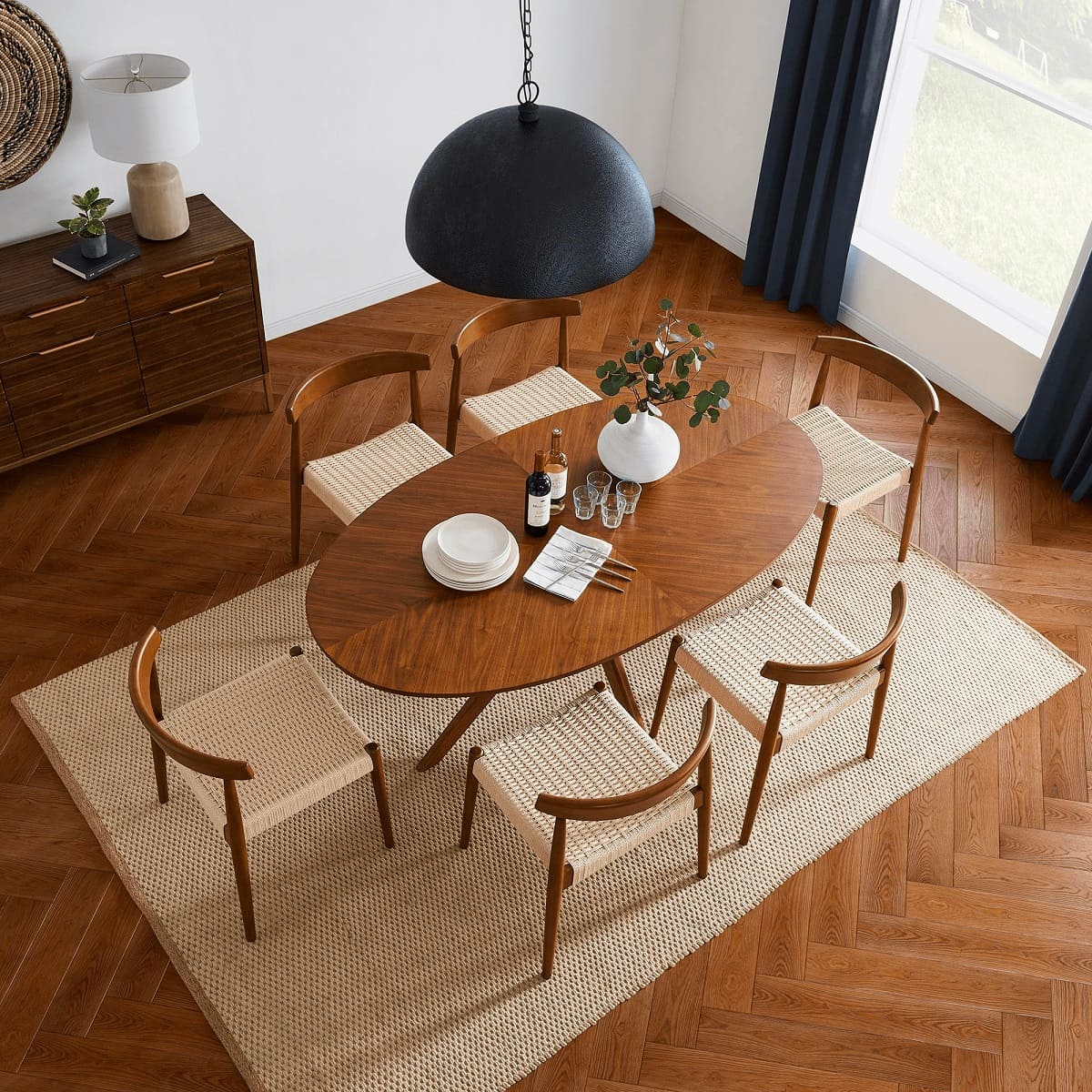

Tableware
How To Choose A Dining Room Rug
Modified: January 19, 2024
Discover the perfect dining room rug for your tableware collection. Follow our expert tips on how to choose the ideal rug to complement your dining space.
(Many of the links in this article redirect to a specific reviewed product. Your purchase of these products through affiliate links helps to generate commission for Storables.com, at no extra cost. Learn more)
Introduction
Choosing the right dining room rug can significantly enhance the overall look and feel of your dining space. Not only does it serve as a functional accessory to protect your flooring, but it also adds warmth, style, and character to the room. The perfect rug can tie all the elements of your dining room together, creating a cohesive and inviting atmosphere for meals and gatherings.
Before diving into the world of dining room rugs, it is important to consider a few key factors to ensure you make the best choice for your space. From size and shape to material and design, there are several considerations to keep in mind. This article will guide you through the process of selecting the ideal dining room rug that suits your needs and aesthetic preferences.
Now, let’s explore the importance of a dining room rug and how it can transform your dining area into a stylish and functional space.
Key Takeaways:
- Choosing the right dining room rug is crucial for enhancing the aesthetics, comfort, and functionality of your dining space. Consider factors like size, material, and style to create a cohesive and inviting atmosphere.
- When shopping for a dining room rug, prioritize measuring the space, researching options, and considering budget-friendly alternatives. Trust your instincts and find a rug that reflects your personal style while meeting your practical needs.
Read more: How To Choose A Dining Room Rug
Importance of a Dining Room Rug
A dining room rug serves a multitude of purposes, making it an essential element in your dining room décor. Here are some reasons why a dining room rug is important:
1.1 Adds Visual Appeal: A well-chosen dining room rug can instantly elevate the aesthetics of your dining space. It adds texture, color, and pattern, making the room visually intriguing and beautiful. Whether you prefer a bold, statement-making rug or a subtle, understated design, the right rug can tie all the elements of your dining room together and make it visually appealing.
1.2 Defines the Dining Area: A rug can effectively define the dining area within an open-concept space. By placing the rug under the dining table and chairs, you create a visual boundary that separates the dining area from the rest of the room. This helps to establish a designated space for dining and makes the area feel more structured and inviting.
1.3 Provides Comfort and Acoustic Benefits: Dining room rugs offer a layer of cushioning and comfort underfoot, making meals more comfortable for you and your guests. They also help absorb sound and reduce noise, creating a more pleasant dining experience by minimizing echoes and reverberations in the room.
1.4 Protects the Flooring: Dining areas are prone to spills, scratches, and high foot traffic. A rug acts as a protective barrier, shielding your flooring from potential stains, scuffs, and wear and tear. This is especially important if you have hardwood or delicate flooring that you want to preserve in pristine condition.
1.5 Enhances Safety: Rugs provide a non-slip surface, which is especially beneficial in dining areas where spills are common. They help prevent accidents by providing traction underfoot, reducing the risk of slipping and falling.
1.6 Creates a Cozy and Inviting Atmosphere: A dining room rug adds warmth and coziness to the space, making it more inviting for meals and gatherings. It creates a comfortable and intimate ambiance, encouraging people to linger around the table and engage in conversations.
Now that you understand the importance of a dining room rug, let’s move on to the factors you should consider when choosing the perfect rug for your space.
Consideration Factors for Choosing a Dining Room Rug
When it comes to choosing a dining room rug, there are several key factors to consider. These factors will help you select a rug that not only complements your dining room décor but also meets your practical needs. Here are the main factors to keep in mind:
2.1 Size and Shape: The size and shape of the rug are crucial considerations. The rug should be large enough to accommodate the dining table and chairs comfortably. Ideally, it should extend beyond the edges of the table, allowing enough space for chairs to be pulled out without falling off the rug. As for the shape, rectangular or round rugs are the most common choices for dining rooms, depending on the shape of your table and the overall layout of the room.
2.2 Material and Durability: Since the dining room is a high-traffic area prone to spills and messes, it’s important to choose a rug material that is durable and easy to clean. Low-pile rugs or those made of natural fibers like wool or synthetic materials like nylon or polypropylene are excellent options. These materials are stain-resistant and can withstand heavy use without showing signs of wear and tear.
2.3 Style and Design: The style and design of the rug should complement the overall aesthetic of your dining room. Consider the existing décor, color scheme, and furniture style when selecting a rug. Choose a design that enhances the visual appeal of the space and coordinates well with the other elements in the room. From traditional and oriental patterns to modern and minimalist designs, there are various styles to choose from based on your personal preference.
2.4 Maintenance and Cleaning: It’s essential to consider the maintenance and cleaning requirements of the rug. Look for rugs that are easy to vacuum or spot clean, as dining areas are prone to spills and stains. Additionally, consider whether the rug requires professional cleaning or if it can be cleaned at home. Opt for rugs that are low-maintenance and can withstand regular cleaning without losing their quality or appearance.
By considering these factors, you can narrow down your options and find a dining room rug that is perfectly suited to your needs and preferences. In the next section, we will provide a guide for rug placement and sizing in your dining room.
Rug Placement and Size Guide
Proper placement and sizing of the rug in your dining room are crucial for achieving a balanced and visually appealing look. Here are some guidelines to follow:
3.1 Under the Dining Table: The rug should be placed under the dining table and chairs, extending beyond the edges of the table. This ensures that all the legs of the chairs remain on the rug even when they are pulled out. The rug should provide enough space for comfortable movement of chairs without compromising its coverage.
3.2 Size Considerations: To determine the appropriate size for your dining room rug, consider the size of your dining table. Add at least 24 inches to the length and width of the table to allow for chair movement. This extra space ensures that the rug accommodates both the table and the chairs when they are pulled out.
3.3 Clearance Around the Table: It’s important to have a clearance of at least 24-30 inches between the edge of the rug and the walls or other furniture in the dining room. This creates a visual balance and prevents the room from feeling cramped. If your dining room is small, opt for a rug that allows for a smaller clearance but still maintains a proportionate look.
3.4 Shape Considerations: The shape of the rug should align with the shape of the dining table. For a rectangular dining table, choose a rectangular or oval rug that mirrors its shape. For a round or square dining table, a round or square rug is a suitable choice. This creates a harmonious visual flow and enhances the overall aesthetic of the space.
3.5 Rug Layering: If you have a larger dining room or an open-concept space, you can consider layering rugs. Place a larger rug under the entire dining area and layer a smaller rug on top for added visual interest. Just ensure that both rugs are proportionate and complement each other in terms of design and color.
Following these guidelines will help you achieve a well-proportioned and visually pleasing rug placement in your dining room. The next section will discuss how to match the rug with your dining room furniture for a cohesive look.
Matching the Rug with Dining Room Furniture
Matching the rug with your dining room furniture is essential to create a cohesive and well-designed space. Here are some tips to consider:
4.1 Coordinate with the Dining Table: Consider the style, color, and material of your dining table when choosing a rug. If you have a traditional wooden dining table, a rug with warm tones and classic patterns will complement it beautifully. For a more modern or minimalist table, opt for a rug with a sleek design and neutral colors that enhances the contemporary feel.
4.2 Complement the Chairs: The chairs in your dining room should also be taken into account when selecting a rug. If you have upholstered chairs or chairs with intricate designs, choose a rug that complements or contrasts with the upholstery or design. For example, if your chairs have bold patterns, you can opt for a solid-colored rug that complements the color palette of the room.
4.3 Consider the Room’s Overall Style: The overall style of your dining room, such as traditional, modern, industrial, or farmhouse, should guide your rug choice. A mismatched rug can disrupt the visual harmony of the space. For a cohesive look, choose a rug that aligns with the room’s style and enhances the desired aesthetic.
4.4 Create Contrast: If your dining room furniture is primarily neutral or monochromatic, consider introducing a rug with a pop of color or bold pattern. This creates visual interest and can serve as a focal point in the room. On the other hand, if your dining room furniture is already vibrant or has intricate details, opt for a more subdued rug color or pattern to create a balanced look.
4.5 Consider the Size: Ensure that the rug is proportionate to the size of your dining table and chairs. A rug that is too small or too large can disrupt the visual balance. It should provide enough coverage to accommodate the table and chairs comfortably while leaving a sufficient border of flooring visible around the rug.
By considering these guidelines, you can select a rug that harmonizes with your dining room furniture and creates a visually appealing and cohesive look. In the next section, we will discuss how to choose the right color and pattern for your dining room rug.
When choosing a dining room rug, make sure it is large enough to fit under the dining table and chairs, with at least 24 inches of extra space on all sides for easy movement. This will ensure a cohesive and functional look for your dining space.
Read more: How To Choose A Rug For The Dining Room
Choosing the Right Color and Pattern
The color and pattern of your dining room rug play a significant role in setting the mood and style of the space. Here are some tips to help you choose the right color and pattern:
5.1 Consider the Room’s Color Scheme: Take into account the existing color scheme of your dining room when selecting a rug. The rug can either blend in with the colors already present in the room or serve as a focal point with a contrasting color. Consider the walls, furniture, and other decorative elements in the room and choose a rug color that complements or enhances the overall palette.
5.2 Create Visual Depth: If you have a small dining room, a rug with a lighter color can create an illusion of space and make the room feel more open and airy. Alternatively, if you have a large dining room, a darker-colored rug can add warmth and coziness to the space. Use the rug’s color to play with visual depth and create the desired ambiance.
5.3 Pattern Considerations: Patterns can bring visual interest and personality to your dining room. Consider the scale of the pattern in relation to the size of the room and furniture. If you have a small dining room, opt for a rug with a smaller-scale pattern to avoid overwhelming the space. In larger dining rooms, you can experiment with bolder and larger patterns that make a statement.
5.4 Match the Style and Theme: The color and pattern of your rug should align with the overall style and theme of your dining room. For a traditional or formal dining room, classic patterns like floral, damask, or oriental designs can be a good choice. For a modern or contemporary dining room, geometric patterns or abstract designs can add a touch of sophistication.
5.5 Consider Practicality: Keep in mind that dining areas are prone to spills and stains, so it’s important to select rug colors and patterns that are forgiving and can mask minor messes. Earth tones, darker shades, or rugs with busy patterns can help in this regard.
Remember, choosing the right color and pattern for your dining room rug is a personal preference. It should enhance the overall style of your space while reflecting your own taste and personality. In the next section, we will discuss budget considerations when selecting a dining room rug.
Budget Considerations
When it comes to choosing a dining room rug, it’s important to set a budget to ensure that you find a rug that not only meets your style preferences but also fits within your financial means. Here are some budget considerations to keep in mind:
6.1 Determine Your Spending Limit: Before you start shopping for a dining room rug, determine how much you are willing to spend. This will help narrow down your choices and prevent you from overspending.
6.2 Quality vs. Cost: Consider the quality of the rug in relation to its cost. While higher-quality rugs tend to be more expensive, they also tend to be more durable, comfortable, and resistant to staining. If your budget allows, investing in a higher-quality rug can be a wise decision in the long run.
6.3 Consider Alternative Materials and Styles: If you have a limited budget, consider alternative materials or styles that can offer a more cost-effective option. For instance, synthetic fibers like nylon or polypropylene can provide a more affordable alternative to natural fibers like wool. Additionally, consider simpler rug designs or smaller sizes to reduce costs.
6.4 Shop Sales and Discounts: Keep an eye out for sales and discounts from retailers or online marketplaces. You may be able to find a high-quality rug at a lower price during promotional periods or clearance sales.
6.5 Consider Secondhand Options: If you’re open to it, explore secondhand or vintage rug options. These can often be found at more affordable prices compared to new rugs. Just be sure to inspect the rug for any damages or signs of wear and tear before making a purchase.
6.6 Determine Your Priorities: If you have a specific budget in mind, determine your priorities. Decide what aspects of the rug you value most, such as size, material, or pattern, and allocate your budget accordingly.
By considering these budget considerations, you can find a dining room rug that fits your financial means while still meeting your style and quality requirements. In the next section, we will provide some tips for rug shopping to help you navigate the selection process.
Tips for Rug Shopping
Shopping for a dining room rug can be an exciting yet overwhelming task, given the vast array of options available. Here are some tips to make the rug shopping process a bit easier:
7.1 Measuring the Space: Before you start rug shopping, measure your dining area to ensure you select the right size. Take note of the dimensions of your dining table and the space needed for chairs to be comfortably pulled out. This will help you determine the appropriate rug size for your space.
7.2 Research and Explore: Do your homework and research different types of rugs, materials, and styles available. Explore various sources such as online retailers, local stores, and interior design websites to gather inspiration and information about different options.
7.3 Request Samples or Swatches: If possible, request samples or swatches of the rug materials and colors you are interested in. This will give you a better idea of the texture, feel, and color accuracy of the rug before making a purchase.
7.4 Consider Rug Pads: Investing in a rug pad is highly recommended. Rug pads provide extra cushioning, prevent slipping, and help protect your flooring. They also extend the lifespan of your rug by reducing friction between the rug and the floor.
7.5 Read Reviews: Before finalizing your decision, take the time to read reviews from other customers who have purchased the rugs you’re considering. Their feedback can provide valuable insights into the rug’s quality, durability, and maintenance requirements.
7.6 Be Open to Alternative Options: While you may have a specific rug in mind, be open to alternatives. There may be unexpected options that catch your eye and perfectly complement your dining room décor.
7.7 Ask for Assistance: Don’t hesitate to seek assistance from sales representatives or interior design professionals. They can provide guidance, answer your questions, and help you make an informed decision.
7.8 Trust Your Instincts: Ultimately, trust your instincts and choose a rug that speaks to you. Select a rug that not only fits your practical needs but also resonates with your personal sense of style and brings you joy.
By following these tips, you can navigate the rug shopping process with confidence and find the perfect dining room rug that enhances the beauty and functionality of your space. In the final section, we will conclude our discussion on choosing a dining room rug.
Conclusion
Choosing the right dining room rug is an important decision that can greatly impact the overall look and feel of your dining space. By considering factors such as size, shape, material, style, and maintenance, you can find a rug that not only complements your dining room furniture but also meets your practical needs.
Rugs not only enhance the aesthetics of your dining room but also provide comfort, define the dining area, protect your flooring, and create a cozy and inviting atmosphere. By selecting the appropriate rug size and shape, placing it under the dining table, and ensuring proper clearance, you can achieve a visually balanced and functional space.
Matching the rug with your dining room furniture, considering the color scheme and style, creates a cohesive and harmonious look. Selecting the right color and pattern allows you to express your personal style and set the desired mood in the dining room.
Budget considerations are important when selecting a dining room rug, but with careful planning and research, you can find a rug that fits your financial means without compromising on quality and style. Keep in mind alternative materials, shop sales, and consider secondhand options to find the best rug within your budget.
When it comes to rug shopping, measuring the space, researching different options, and reading reviews can help you make an informed decision. Being open to alternatives and trusting your instincts will guide you towards finding the perfect dining room rug that not only meets your practical needs but also reflects your personal style.
In conclusion, a well-chosen dining room rug can transform your dining space into a stylish, comfortable, and inviting area for meals and gatherings. By considering the factors discussed in this article and following the tips for rug shopping, you can easily find the ideal rug that enhances the beauty and functionality of your dining room.
So go ahead and explore the world of dining room rugs, and watch as your dining space comes alive with style and character!
Frequently Asked Questions about How To Choose A Dining Room Rug
Was this page helpful?
At Storables.com, we guarantee accurate and reliable information. Our content, validated by Expert Board Contributors, is crafted following stringent Editorial Policies. We're committed to providing you with well-researched, expert-backed insights for all your informational needs.
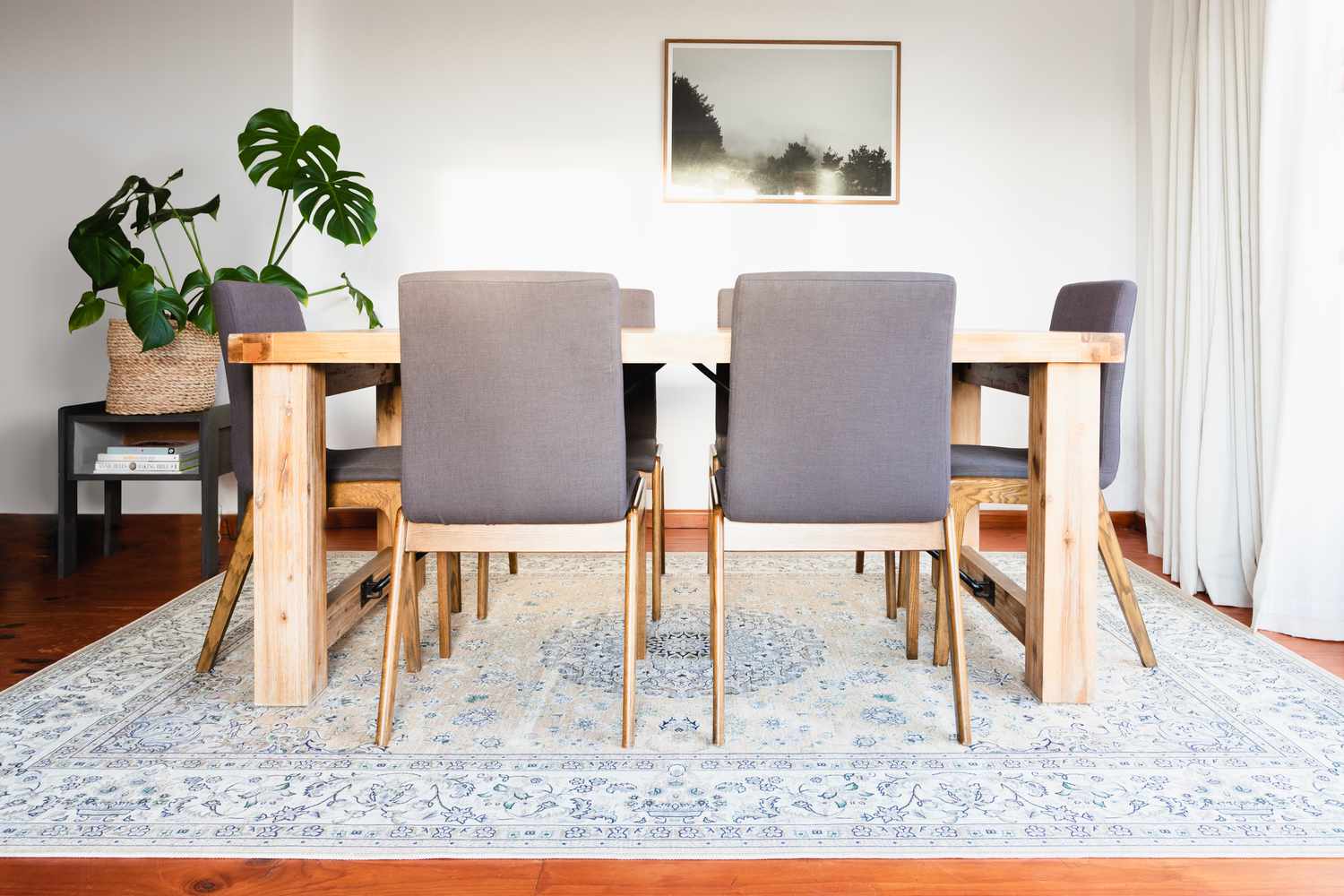
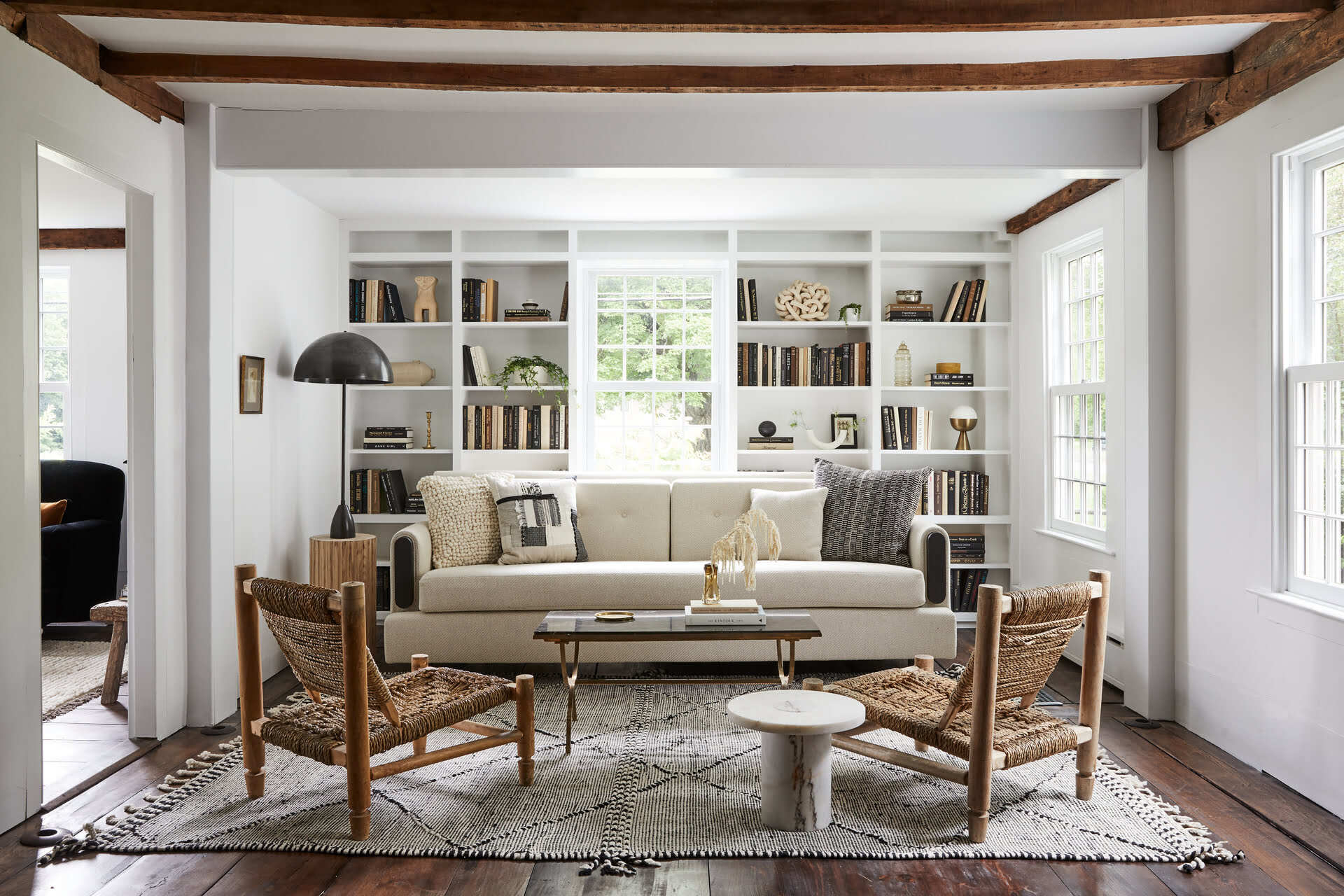
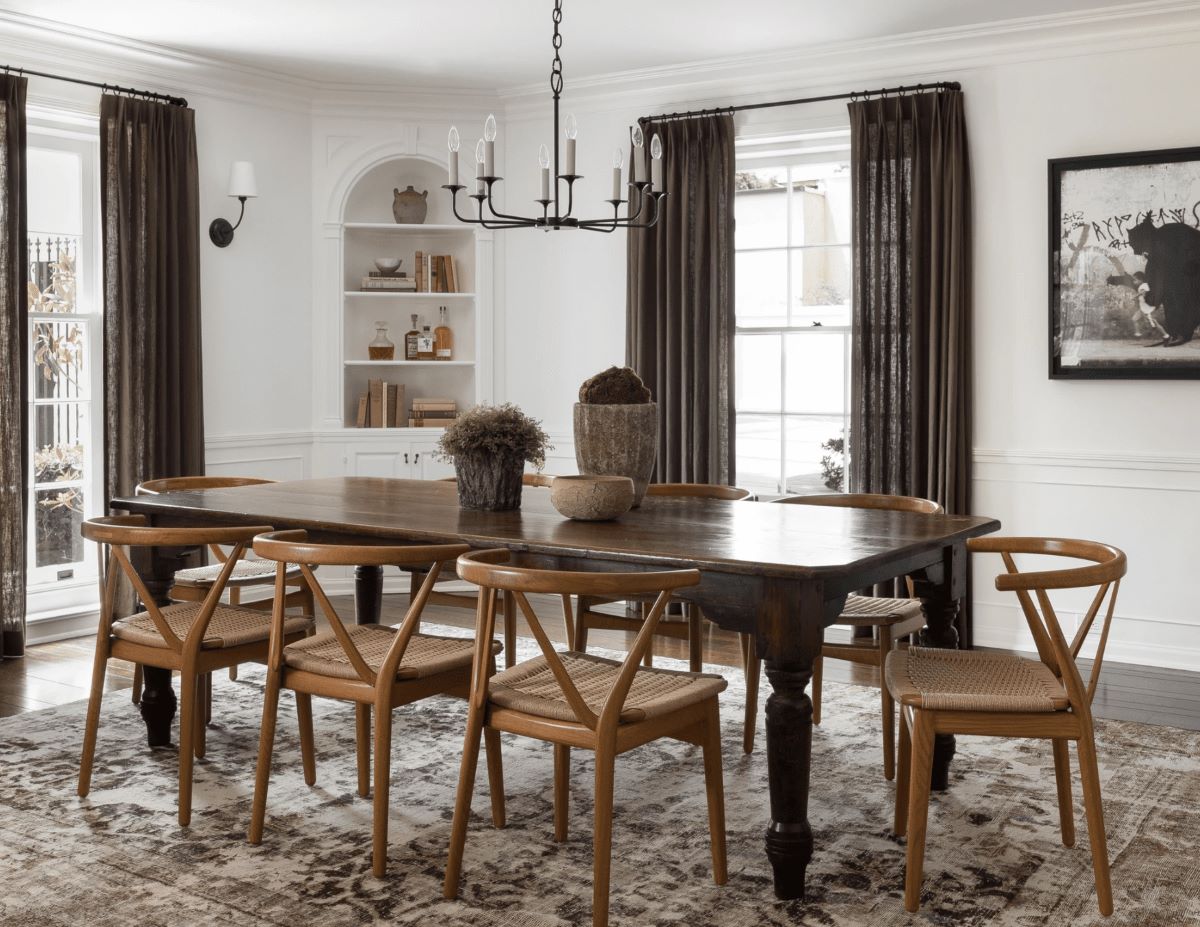
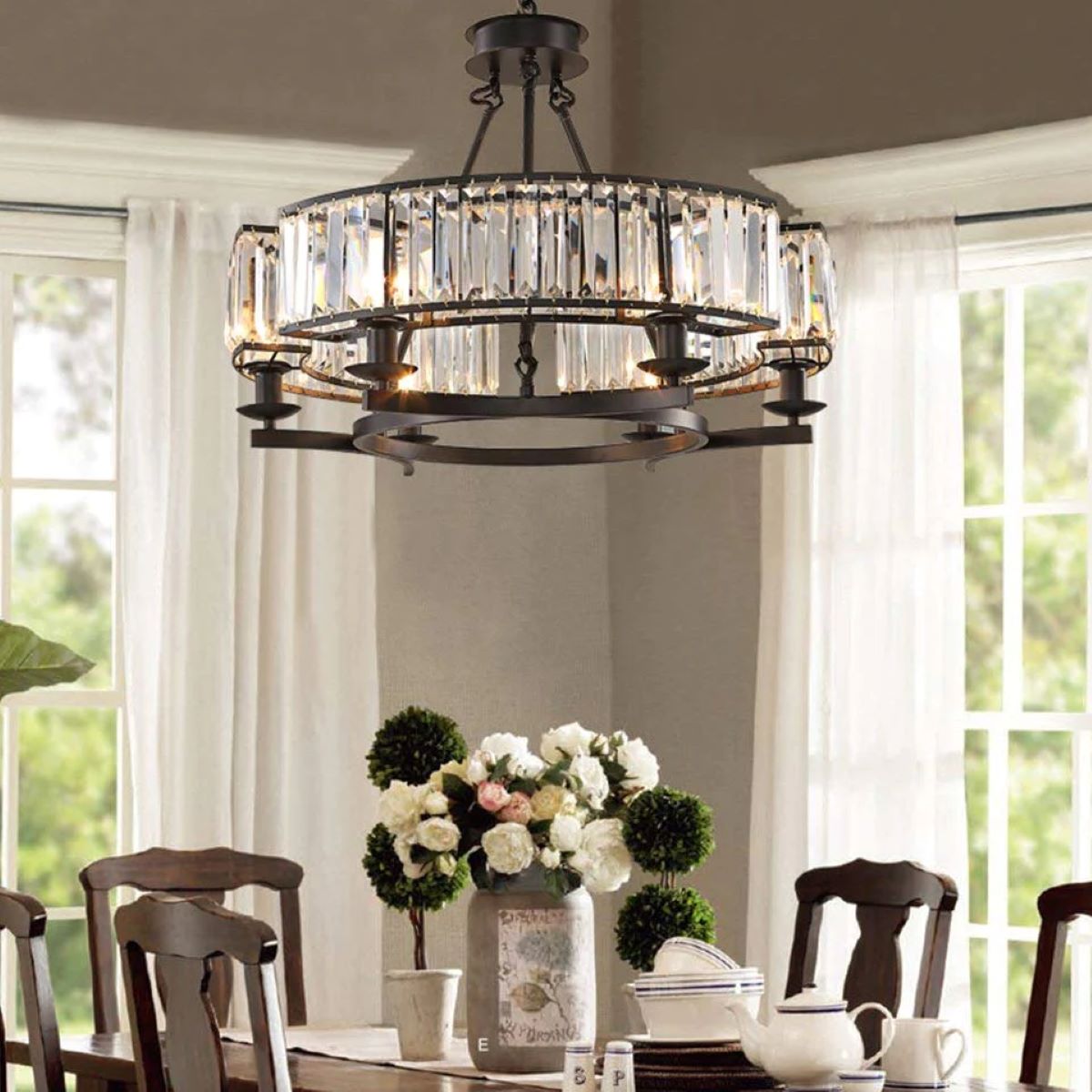
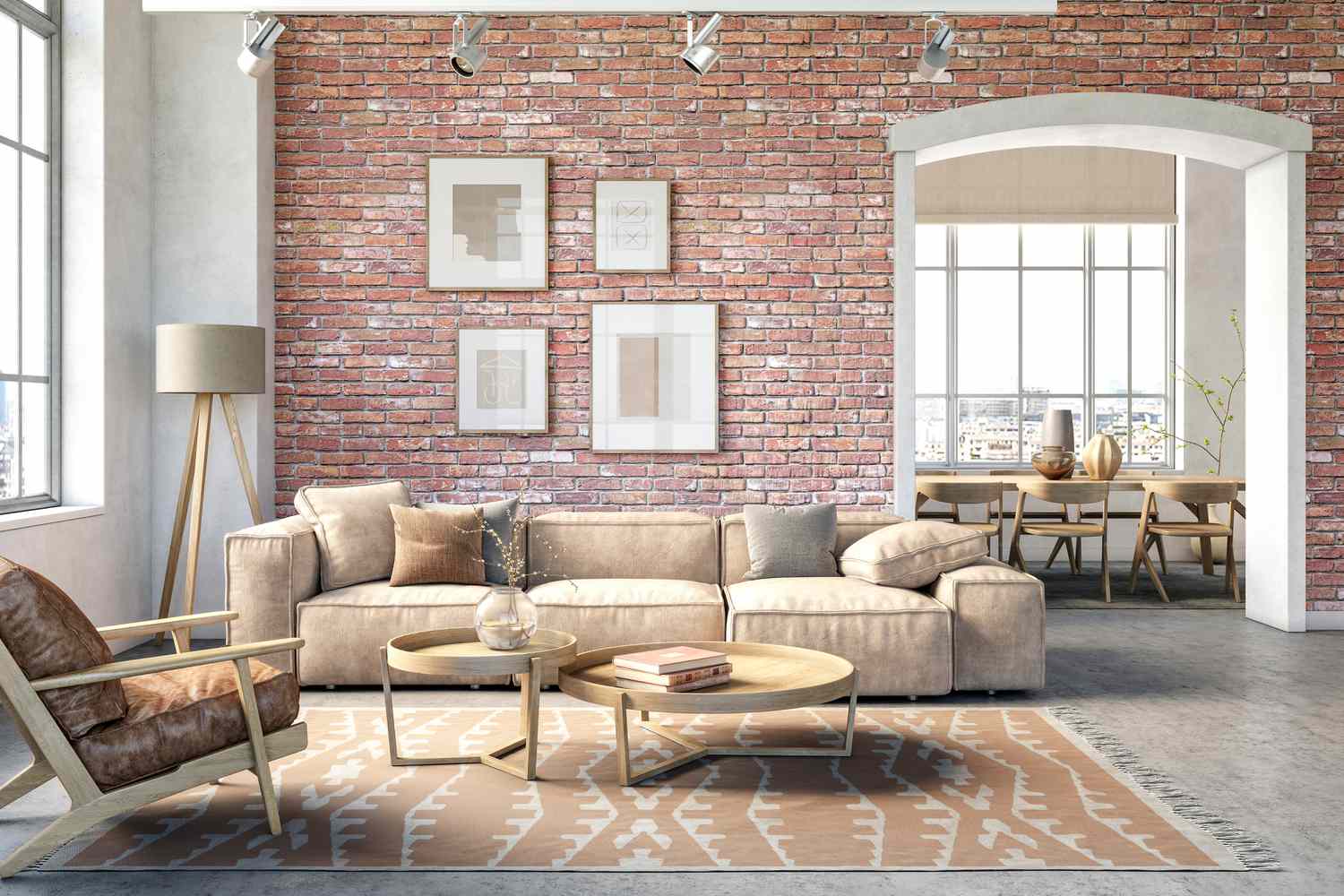
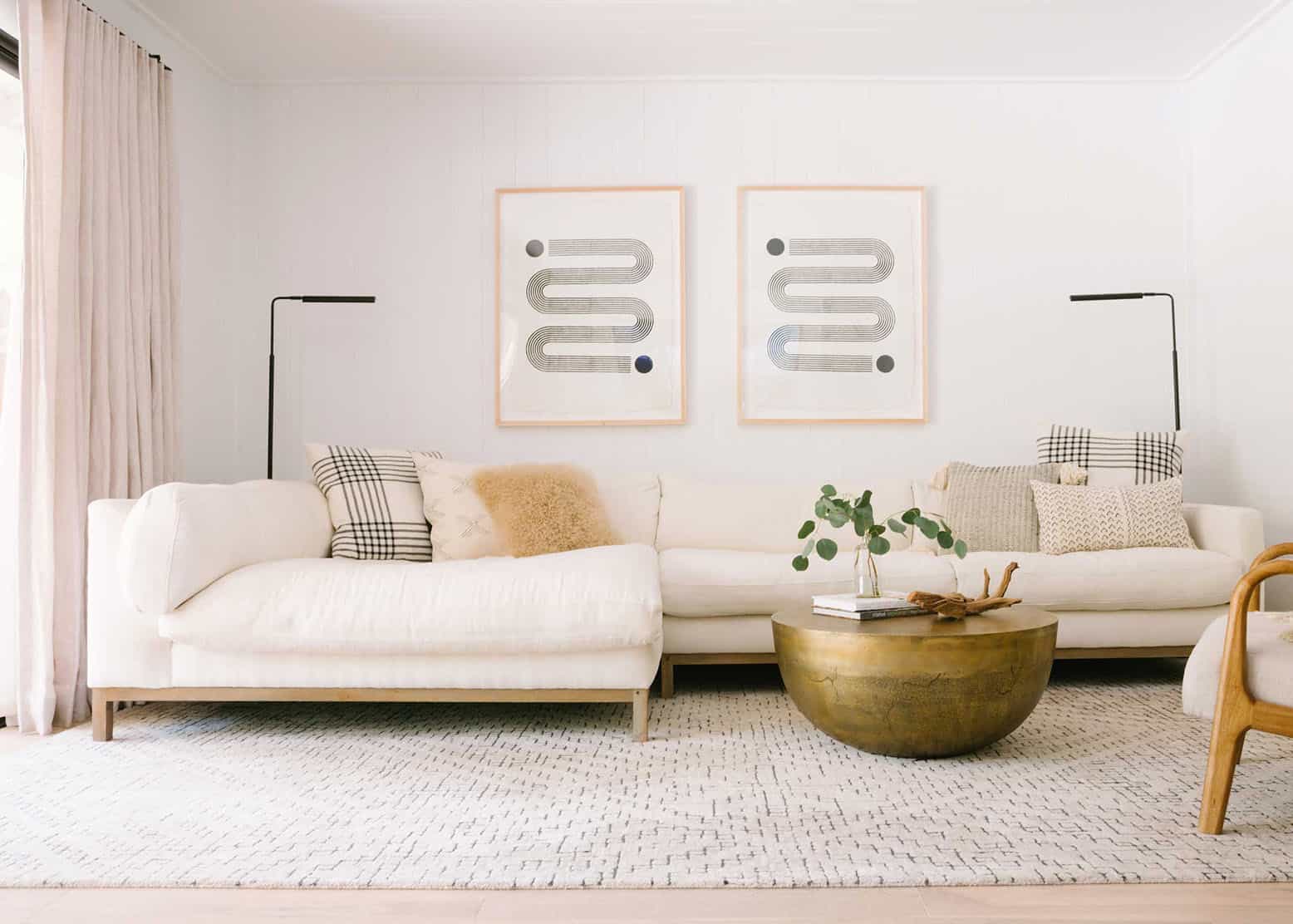
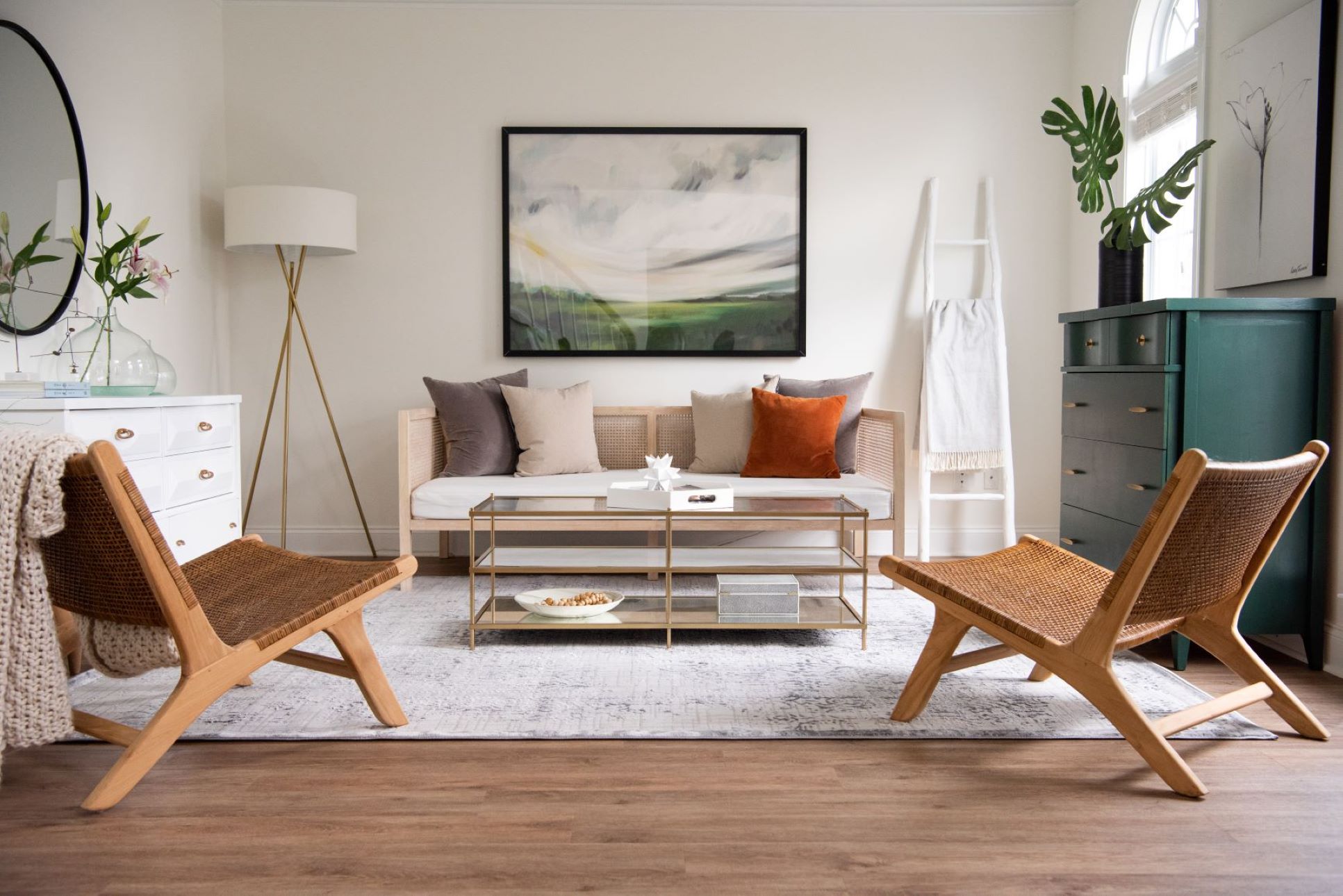
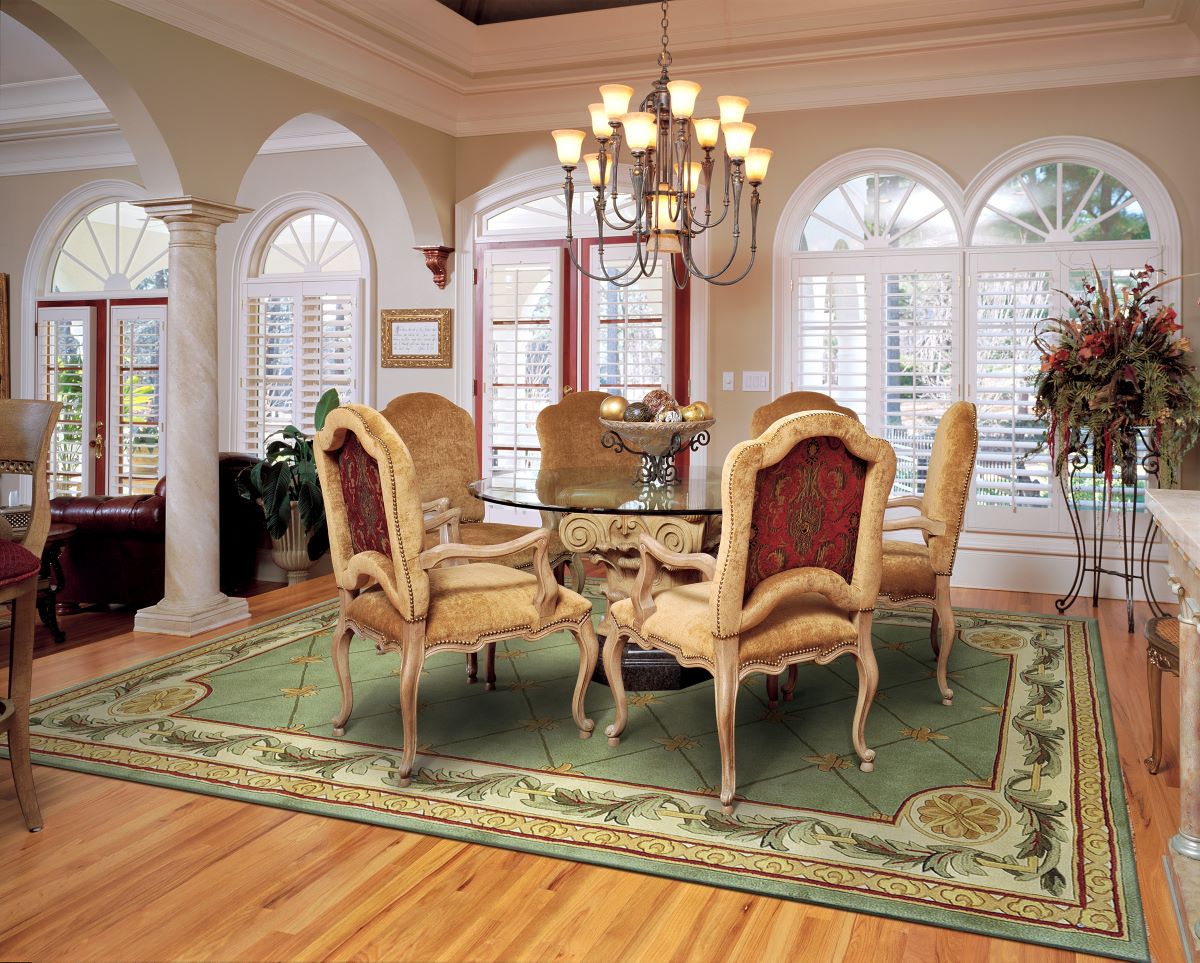
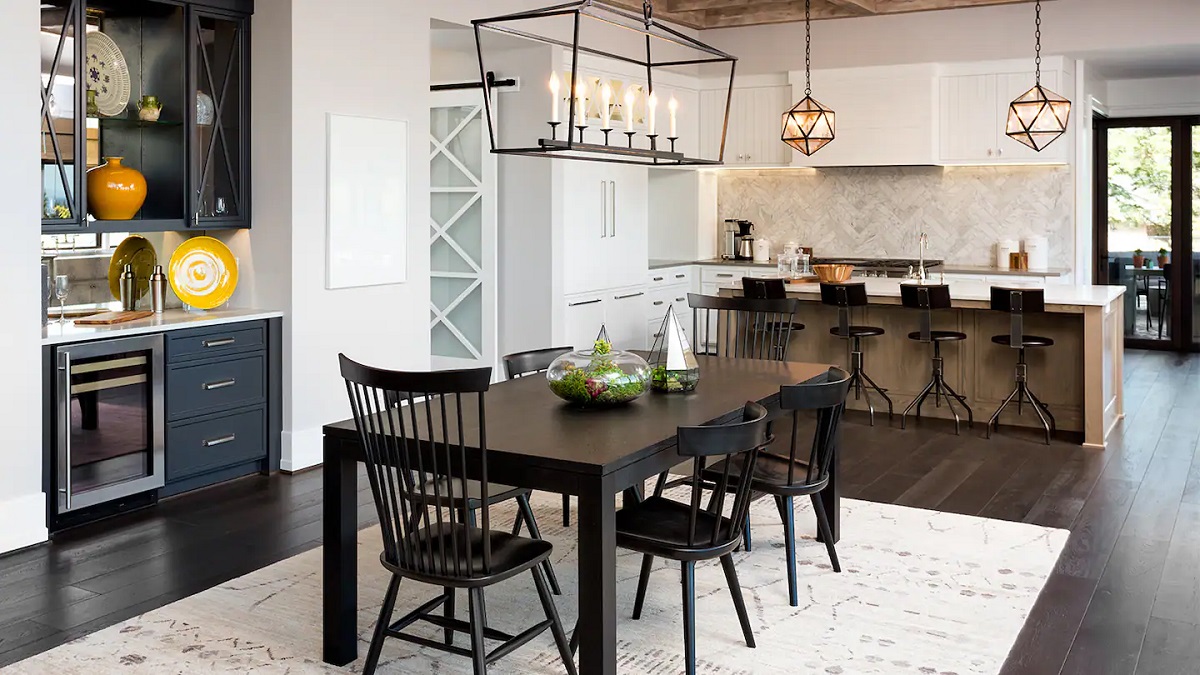
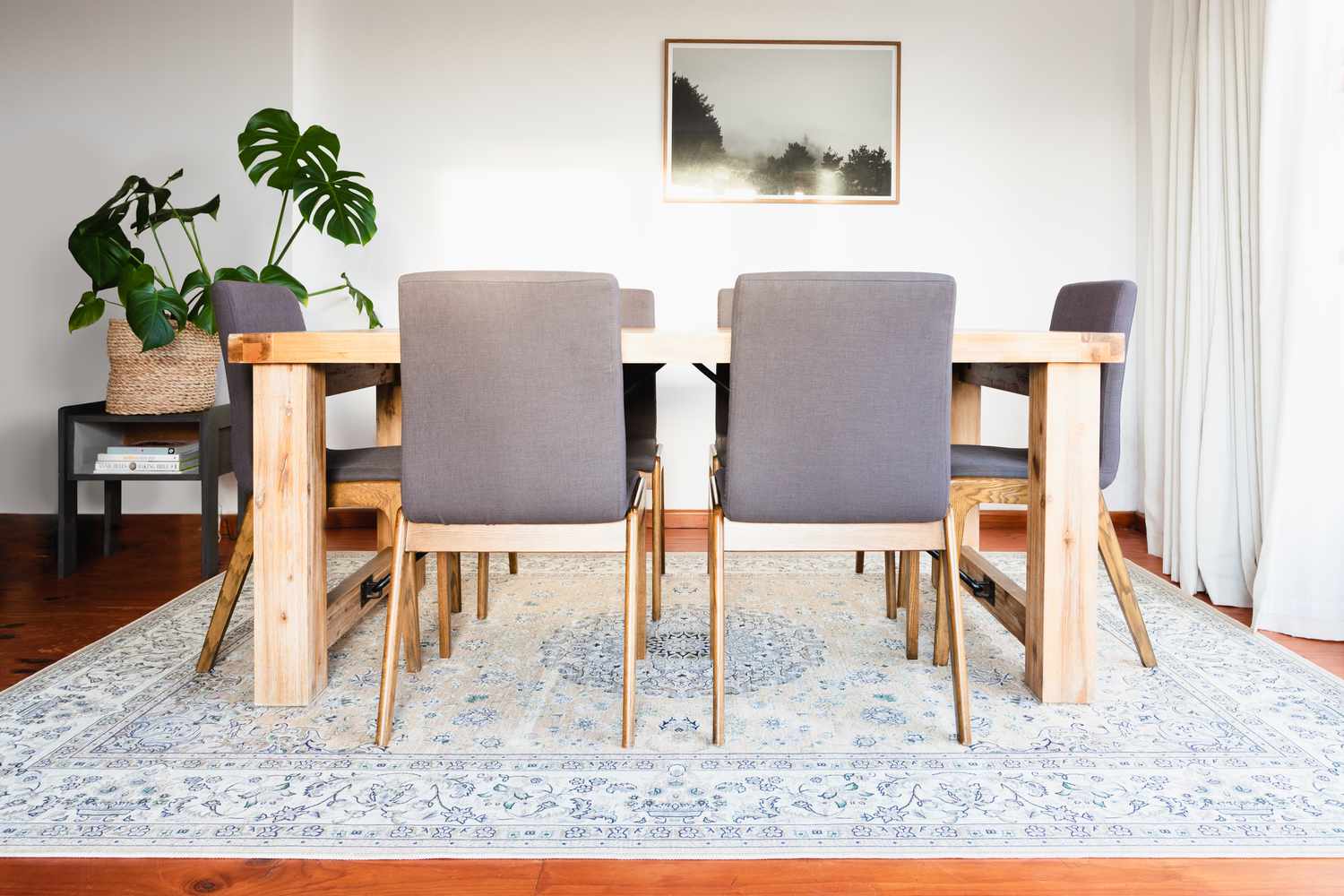
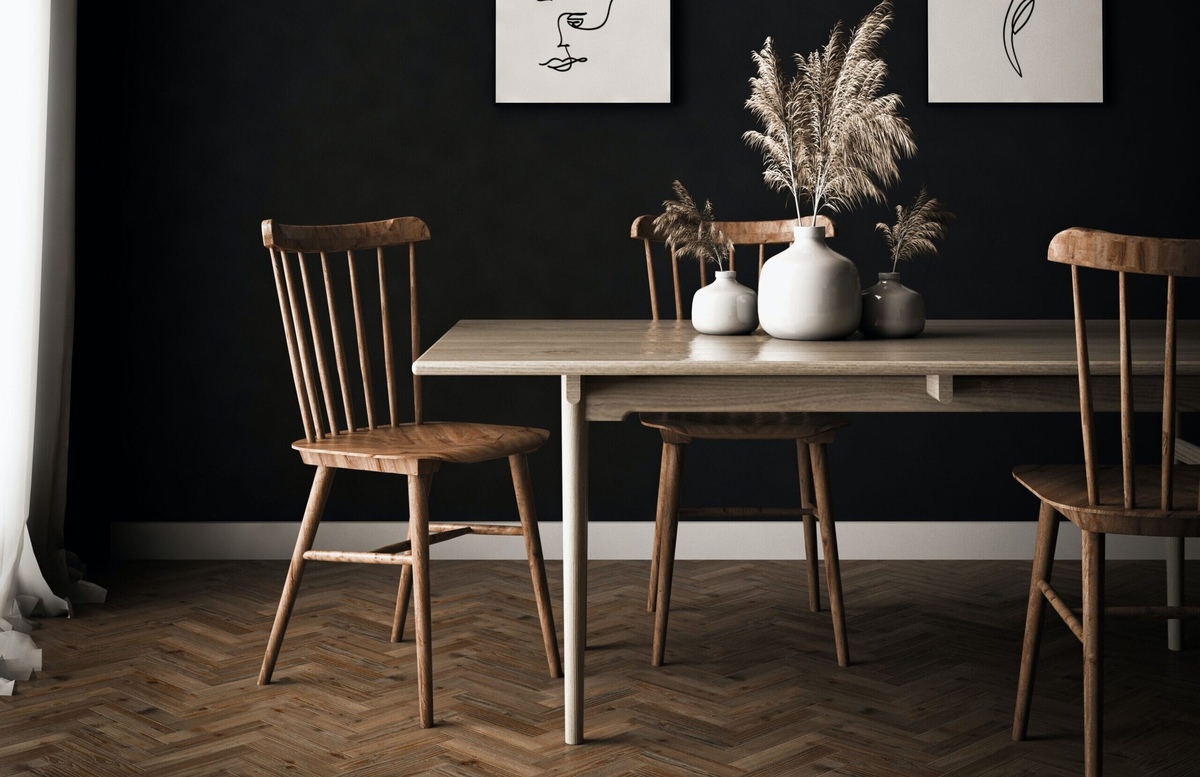
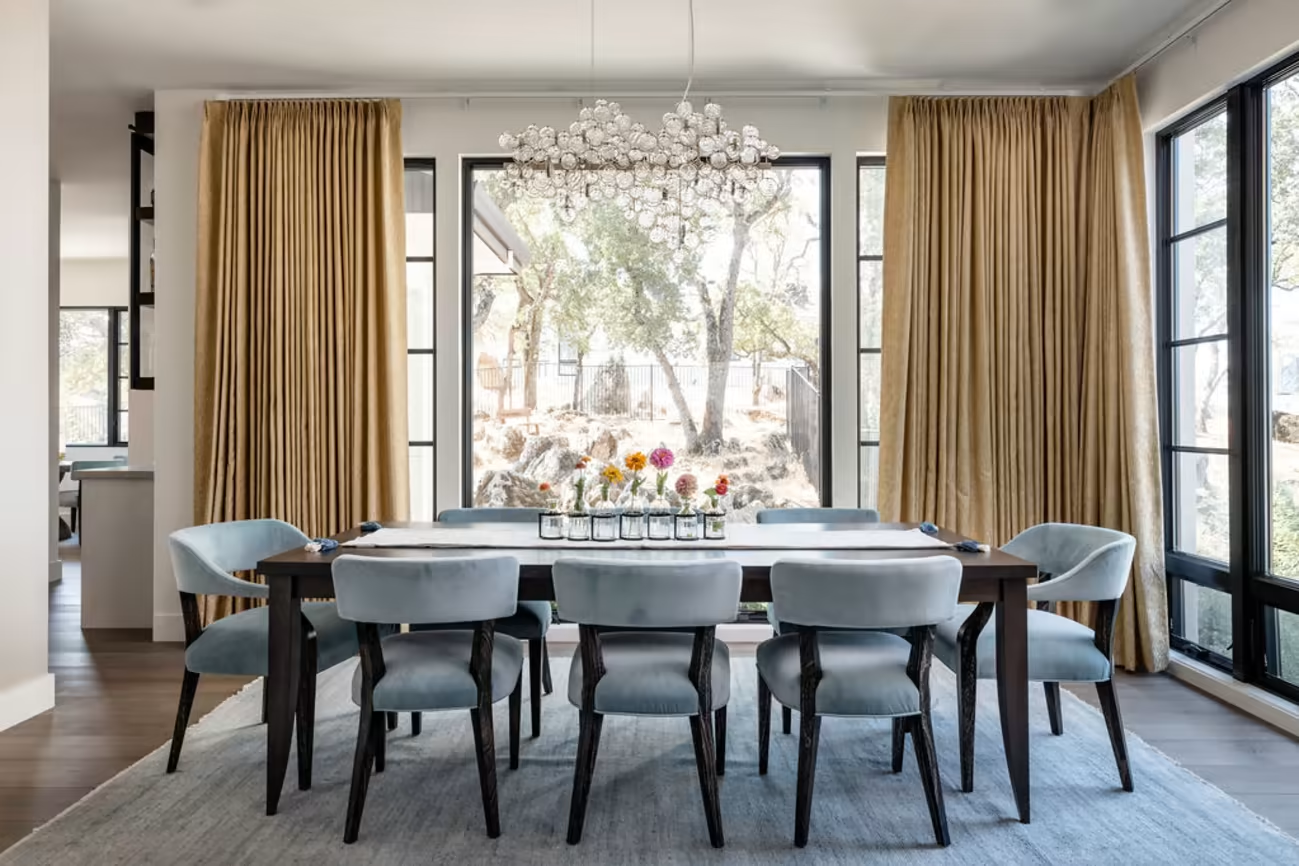
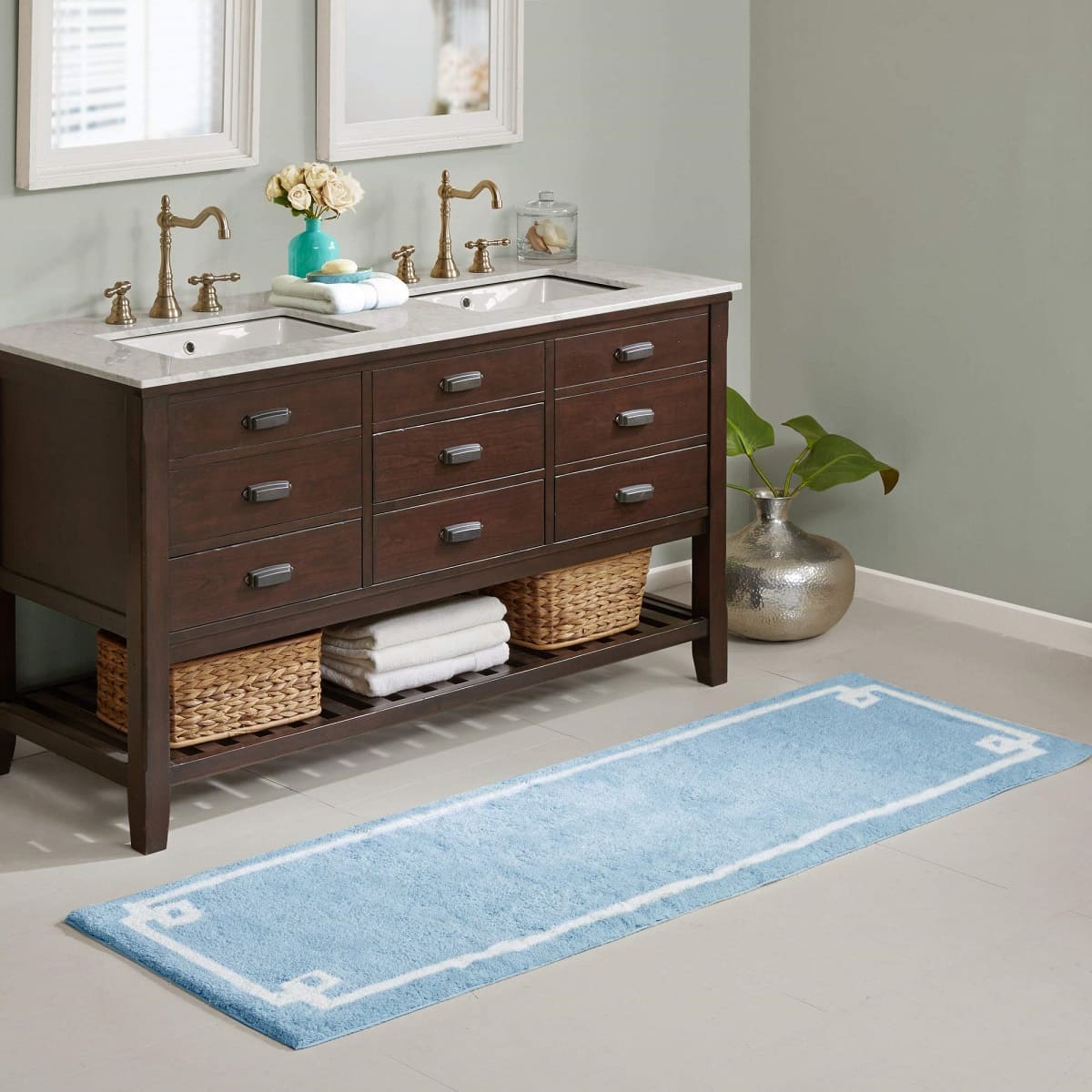


0 thoughts on “How To Choose A Dining Room Rug”